Poultry industry sees 40% decline
Reduction in industry due to ill-planned strategies
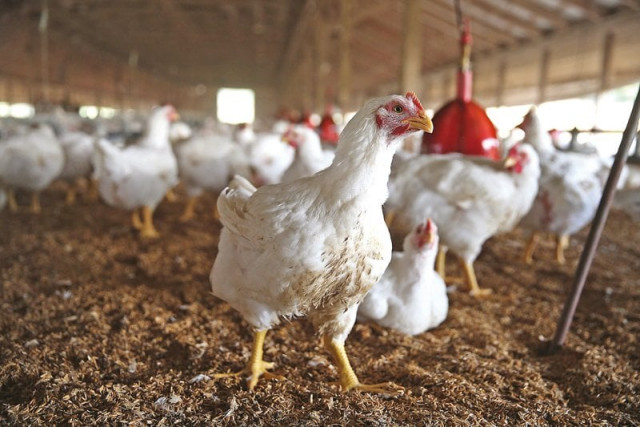
The poultry industry, facing multiple challenges, including high volatility in price manipulation following feed mills in the country, has witnessed a downfall instead of growth, with an overall 40% reduction in the industry due to ill-planned strategies.
Industry pundits attribute this decline to the ill-planned and mismanaged broiler breeding sector, lack of ideal husbandry practices, unhygienic conditions, poor bio-security, quarantines, return on investment (ROI), and risky feed transactions based on credit, among other factors. They highlight the sector’s volatility, where chicken meat prices often fluctuate from Rs550 per kilogram (kg) to Rs250 per kg for various reasons, occasionally shooting up due to a poor mechanism of demand and supply in the local market.
In discussions with The Express Tribune, they note that the poultry industry has faced challenges for over six years, with the industry’s growth rate of 7% to 8% annually reduced by 40%. The feed industry has shrunk to hardly 5.5 or 6.5 million tonnes per year compared to the 9 or 9.5 million tonnes produced six years ago.
Hi-Tech Group of Companies CEO, Dr Muhammad Arshad, believes that tuning the return on investment (ROI) logically will lead the industry to reinvest at least 50% of its profit in the commercial broiler rearing sector, regaining expansion at 6% to 8%, as it used to be when feed profits on listed feed rates were 8% to 10%.
Read Poultry prices go up by 30pc
“The poultry industry has been facing a shrinking phase, with one of the main reasons being the infeasible prices of feeds, making it a more capital-intensive industry. Feeds are sold on credit basis, mostly risky transactions where defaults occur frequently. Feed mills practically function as banks, with raw material suppliers as depositors and customers as borrowers. If banks do not charge adequate markup [the feed industry does not earn reasonable profits], they become incapable of extending more loans. Furthermore, if borrowers [feed buyers] do not pay back on time, the bank’s investment is further scaled down,” he explains.
As the feed industry is not earning reasonable profits, they lack the financial capacity to offer more credit to customers, sharply decreasing the industry’s volume. Dr Arshad points out that a few years ago, when the industry was growing, profits of 8% to 10% were being earned on listed feed prices, whereas these gains are now only around 3%.
“This is an integrated system run by the entire poultry industry, including feed mills, poultry farms, volatile rates of broilers, and others. Aside from demand and supply, the government manipulates poultry rates to set or develop a political narrative in the short term, impacting the industry in the long term. During Ramazan, the government reduces prices, taking a heavy toll on small shed farmers. This system is luck-dependent; once the weather is cold, birds catch some infected diseases, and rates fall, the entire chain of the industry or system has to face major losses,” says Salva Feed Mills Private Limited Okara Director, Mohammad Usman Ghani.
He notes that poultry demand significantly slumps ahead of Eidul Azha when mutton and beef are in demand, impacting lacklustre sales across each section of the industry. Ghani stresses that this is a vulnerable sector requiring government support, suggesting incentives for exports, opening Letters of Credit (LCs) for importing necessary ingredients of chicken feed, and stopping the manipulation of rates in the broiler market, which significantly matters.
Published in The Express Tribune, February 11th, 2024.
Like Business on Facebook, follow @TribuneBiz on Twitter to stay informed and join in the conversation.

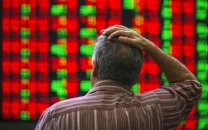
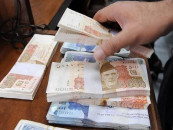

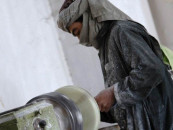
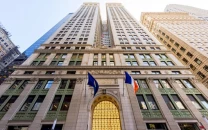
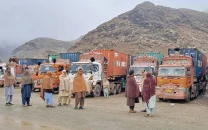












COMMENTS
Comments are moderated and generally will be posted if they are on-topic and not abusive.
For more information, please see our Comments FAQ